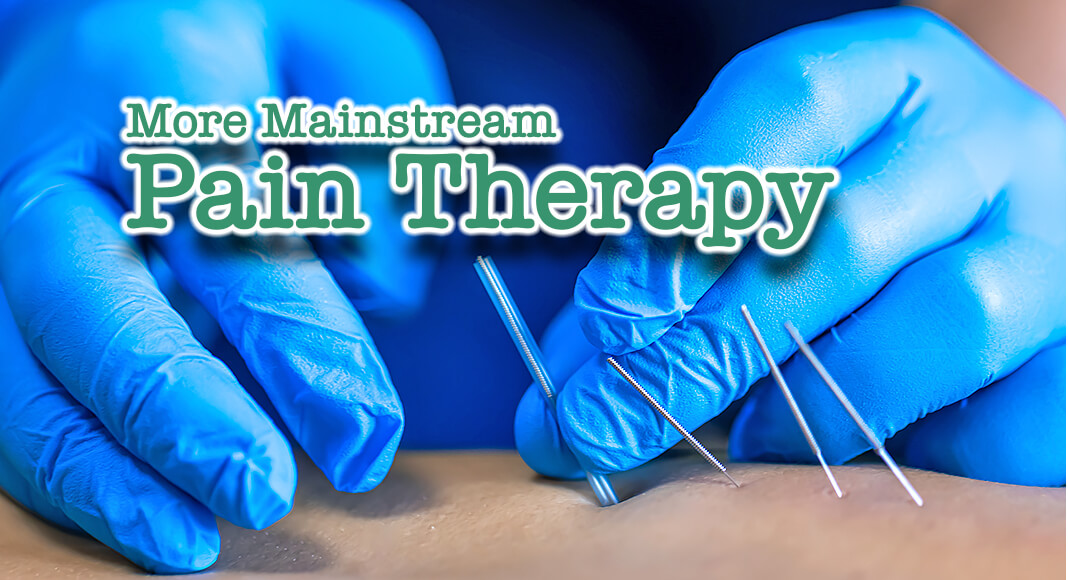
Mega Doctor News
By University of Washington School of Medicine and UW Medicine
Newswise — A woman receives acupuncture therapy for migraine headaches.
In the 1970s, when Brenda Loew first heard that her grandmother was seeking pain relief from an acupuncturist in New York City’s Chinatown, she was horrified.
“Why would she want to have needles stuck in her?” Loew remembers thinking. “It sounded barbaric.”
Today Loew laughs at that reaction. She’s an acupuncture teaching associate with UW Medicine’s Osher Center for Integrative Health and has been in practice for over 30 years.
Acupuncture has become increasingly mainstream, especially as more patients seek out safer methods of pain relief, she said.
“The opioid epidemic is a national public health tragedy that continues to escalate and that is one reason that acupuncture has been catapulted into medical services around the country,” she said. “Due to overprescribing opioids for years, the Centers for Disease Control and Prevention advises maximizing nonpharmacological options, including acupuncture.”
Current standard nonopioid treatments for managing chronic pain include COX2-selective and nonselective nonsteroidal anti-inflammatory drugs , which carry both analgesic and anti-inflammatory properties. However, these agents have adverse side effects on gastrointestinal and cardiovascular function, Loew said.
A recent nationwide study by the National Institutes of Health found high rates of persistent chronic pain among U.S. adults. Among people with chronic pain, almost two-thirds continue to suffer for more than a year, the study reported.
For decades, the treatment was viewed with suspicion by many practitioners of Western medicine. In the 1970s, the first acupuncture clinic opened in New York City, and the state of Nevada started to accept acupuncture as a medical modality. As of January 2018, there were 37,886 licensed acupuncturists in the United States.
Small studies and meta-analyses have found acupuncture effective in treatment for arthritis and chronic pain and in palliative care for cancer. It’s been shown to influence the immune system and circulation, Loew noted.
Acupuncture stimulates neurotransmitters and encourages the release of endorphins in the body, among other mechanisms. The needles, about the width of a human hair, are inserted at various points in the body. Typically, about 10 to 20 needles are inserted, and sessions last 30 to 50 minutes.
Loew receives patient referrals not only for chronic back and neck pain, but also for gynecological pain, menstrual pain, knee pain, joint pain and headaches. Long COVID patients are seeking care from acupuncturists for balance, brain fog, pain, stress and anxiety, she said.
Loew acknowledges that acupuncture’s healing mechanisms are not wholly understood.
“We do know that there is a broad neuro response and that the body’s own opioid peptides are stimulated through needle therapy,” she said. “We also know that acupuncture affects blood flow, affects breathing, augments immunity and appears to have a global effect on every system of the body.”
“We live in an amazing time when we can integrate the best of Eastern and Western medicine. The ancestors, including my grandmother, had the wisdom to pursue such treatments to help people feel better,” Loew said.
Written by Barbara Clements –












